Find Help
More Items From Ergsy search
-
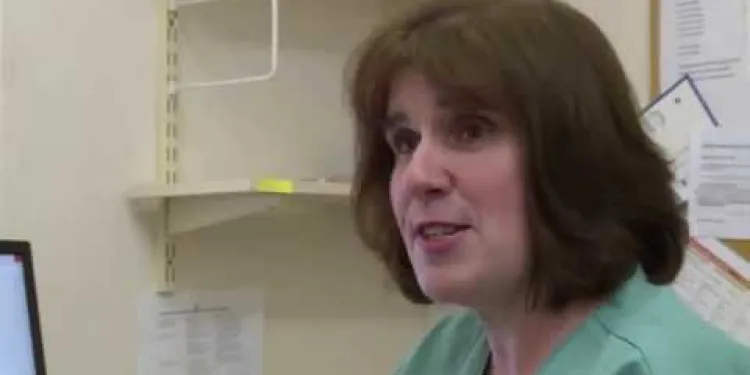
Your abdominal aortic aneurysm (AAA) screening appointment
Relevance: 100%
-

AAA (Abdominal aortic aneurysm) screening
Relevance: 94%
-
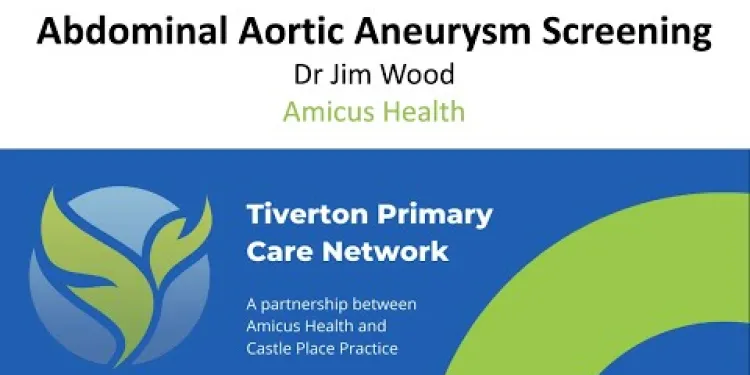
NHS Abdominal Aortic Aneurysm (AAA) Screening
Relevance: 91%
-
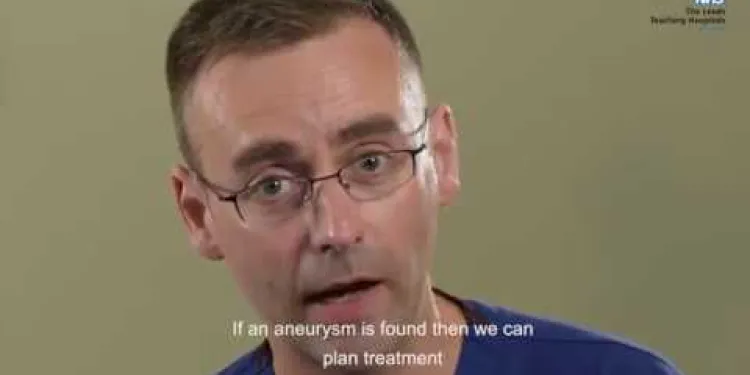
Abdominal Aortic Aneurysm (AAA) screening programme
Relevance: 89%
-

Eddie's Story - Abdominal Aortic Aneurysm (AAA) Screening
Relevance: 89%
-

Survivor of an Abdominal Aortic Aneurysm rupture appeals for men to take up NHS Screening Programme.
Relevance: 79%
-
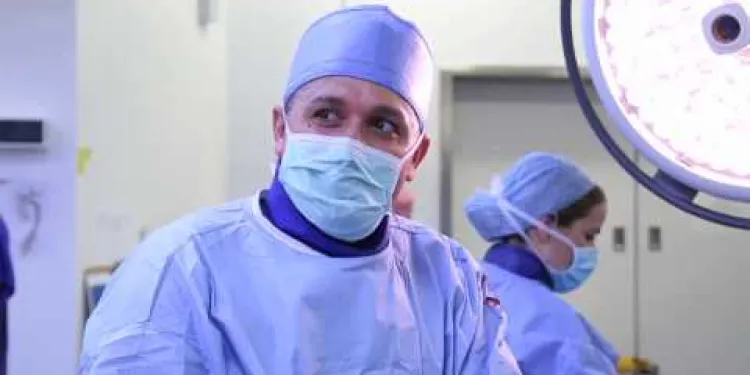
Repairing complex aortic aneurysms
Relevance: 71%
-
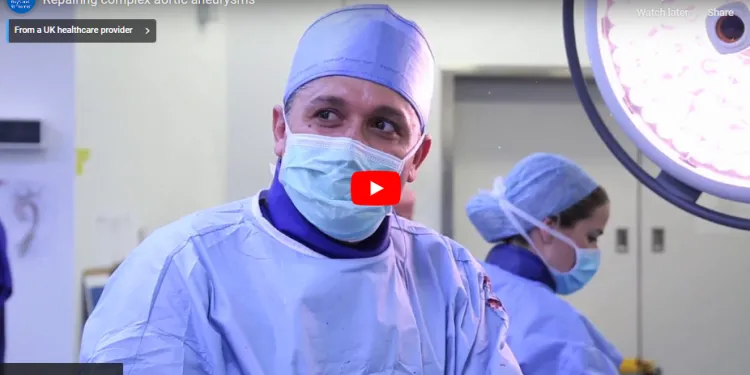
Repairing complex aortic aneurysm
Relevance: 67%
-
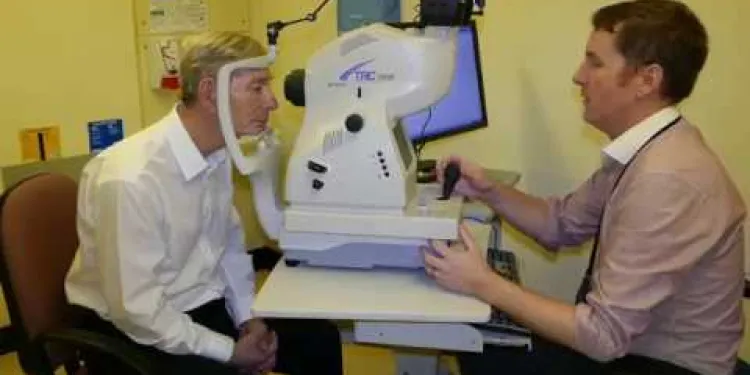
Derbyshire Diabetic Eye Screening - Your Screening Appointment
Relevance: 36%
-
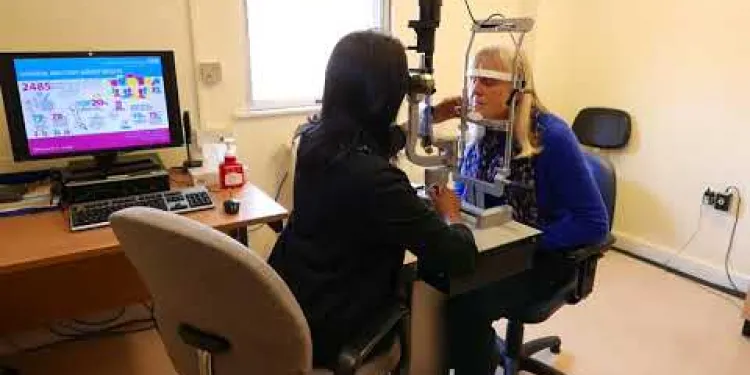
Derbyshire Diabetic Eye Screening - Assessment Clinic Appointment
Relevance: 33%
-
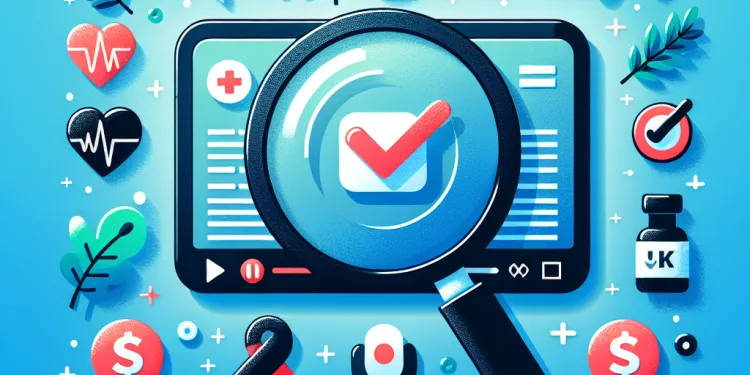
Health Screenings You Should Know About
Relevance: 30%
-
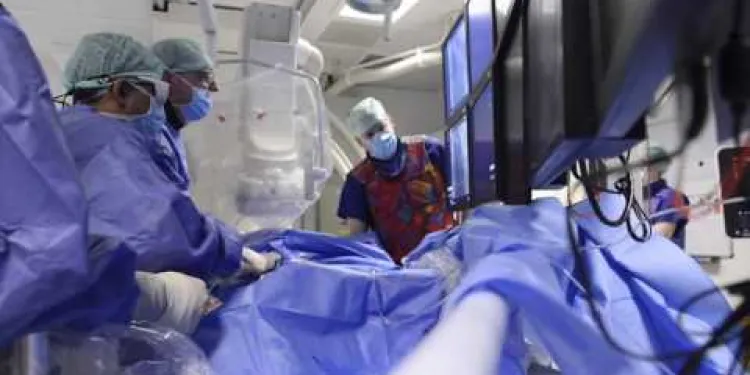
What is it like having a Transcutaneous Aortic Valve Implant (TAVI)?
Relevance: 27%
-
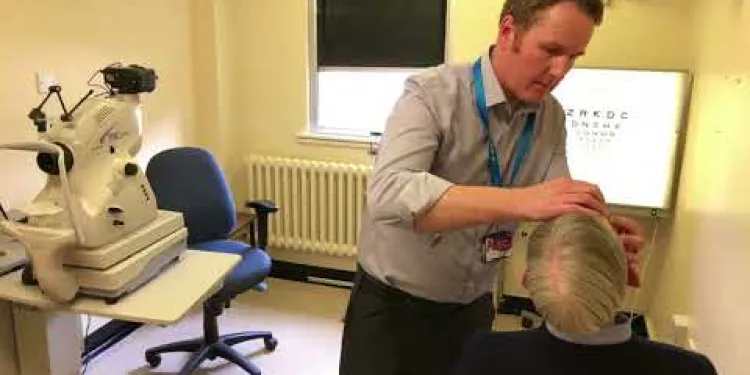
Derbyshire Diabetic Eye Screening - Diabetic Eye Screening
Relevance: 26%
-
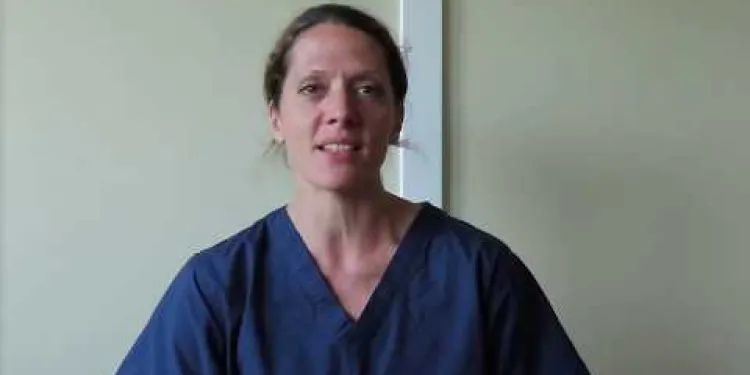
The NHS is #StillHereToHelp with cervical screening
Relevance: 25%
-
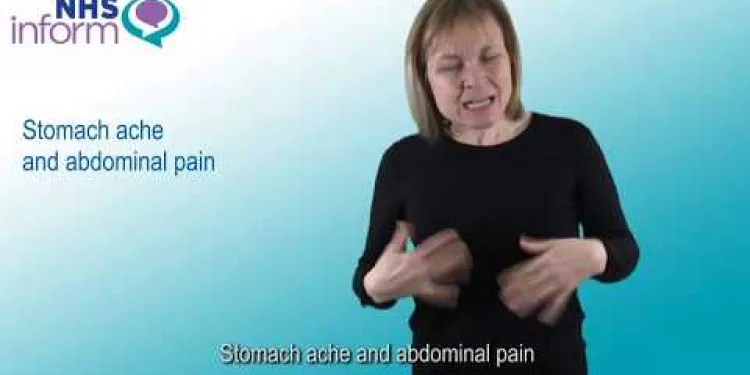
Stomach ache and abdominal pain
Relevance: 24%
-
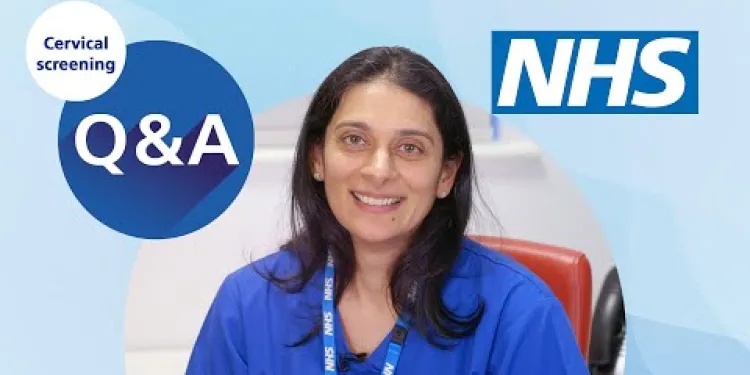
Cervical screening: Q&A | NHS
Relevance: 24%
-

Can I do abdominal exercises during pregnancy?
Relevance: 23%
-

NHS breast cancer screening
Relevance: 23%
-
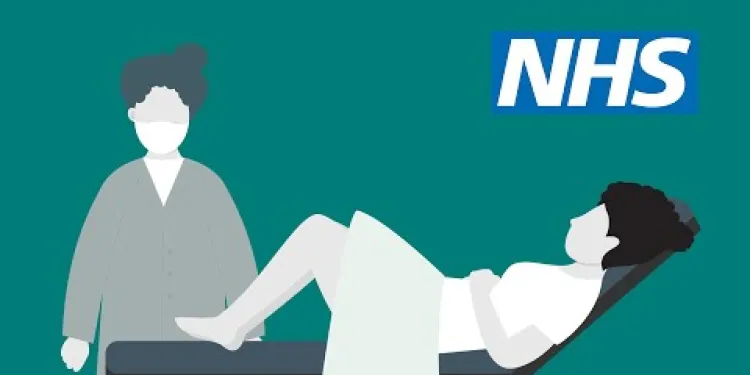
Cervical screening: how it's done | NHS
Relevance: 23%
-
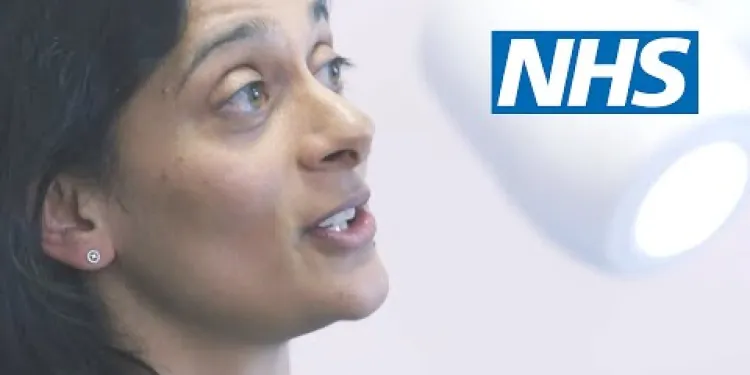
Cervical screening: what to expect | NHS
Relevance: 23%
-
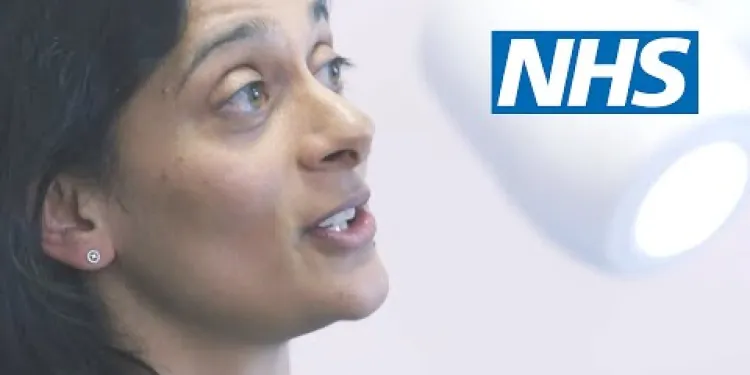
Cervical screening: what to expect | NHS
Relevance: 23%
-
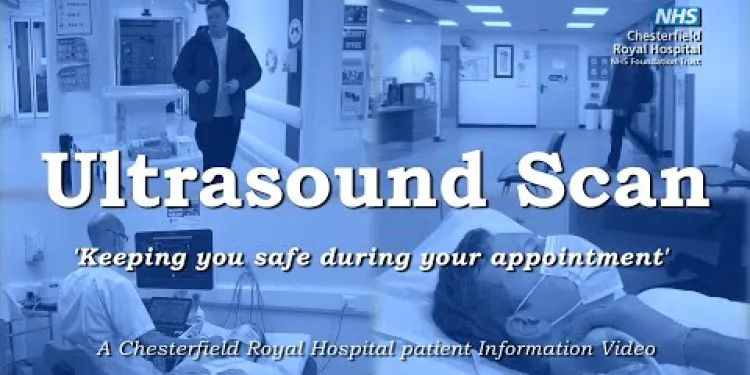
Your Ultrasound Appointment
Relevance: 23%
-
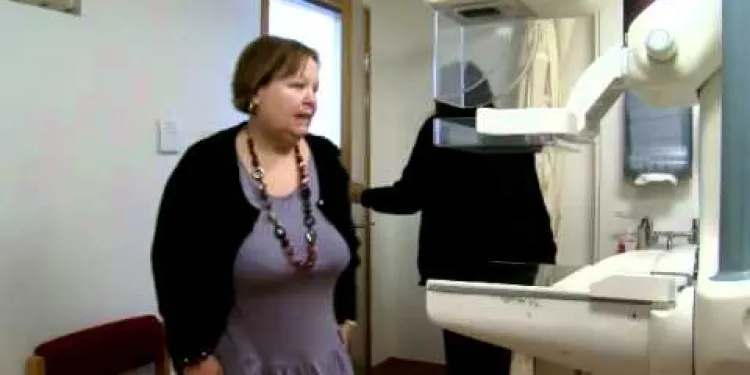
Tower Hamlets breast screening programme
Relevance: 23%
-
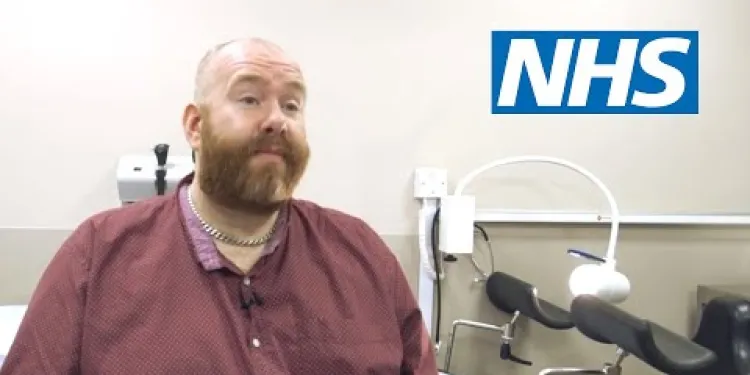
Cervical screening for transgender men | NHS
Relevance: 22%
-
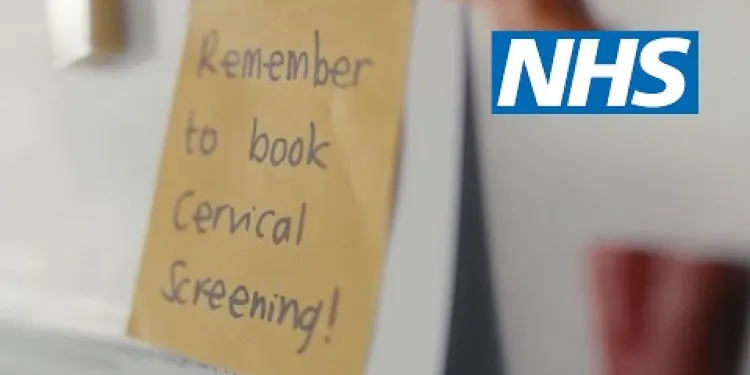
Don’t ignore your cervical screening invite | NHS
Relevance: 22%
-
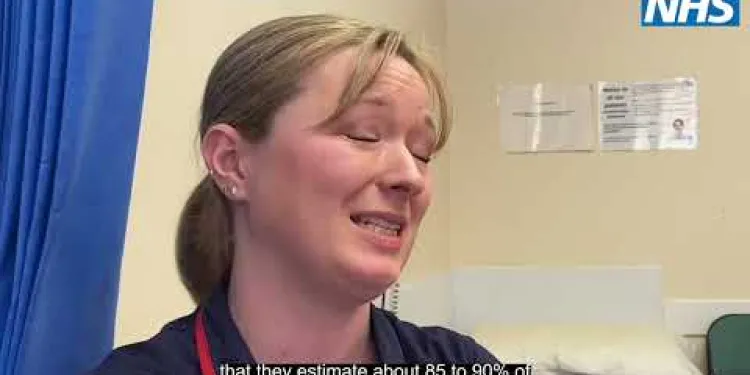
What is cervical screening (smear test)?
Relevance: 21%
-

NHSGGC - Cervical Cancer Screening - English
Relevance: 20%
-

Accessing cervical screening with the right support for people with a learning disability
Relevance: 20%
-

North Yorkshire Diabetic Eye Screening Programme - A day in the life
Relevance: 20%
-
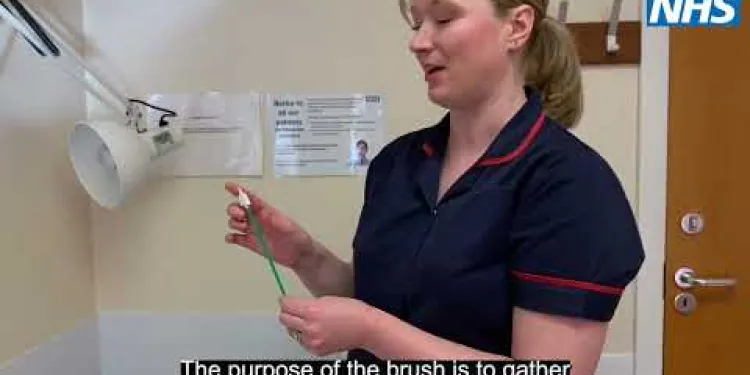
Booked in for your smear test (cervical screening) and not sure what to expect?
Relevance: 20%
-

Other Things You Need to Know About Breast Screening
Relevance: 19%
-
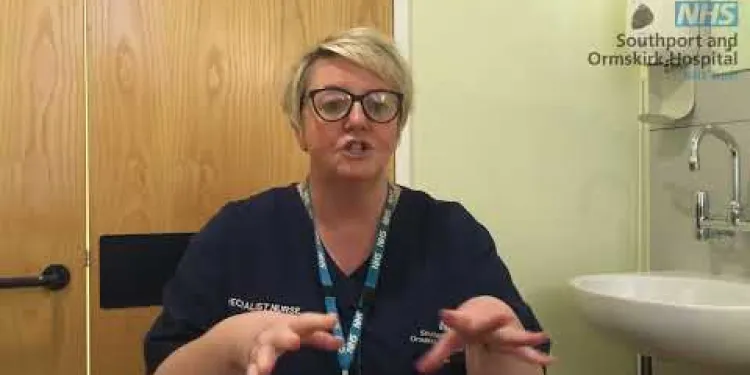
What to expect from your Colposcopy appointment
Relevance: 19%
-
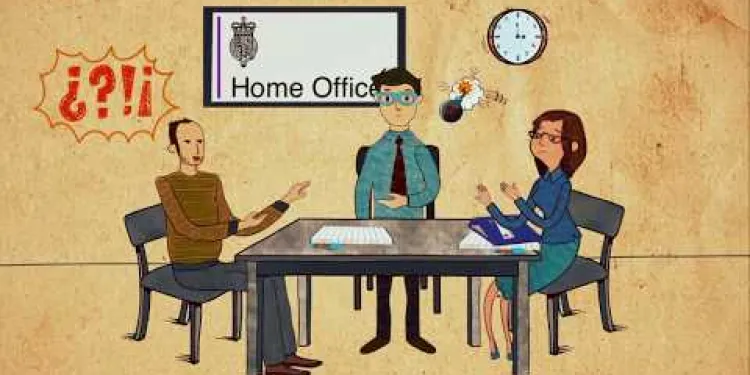
The asylum screening interview
Relevance: 19%
-

How do I book an appointment for the flu vaccine?
Relevance: 19%
-
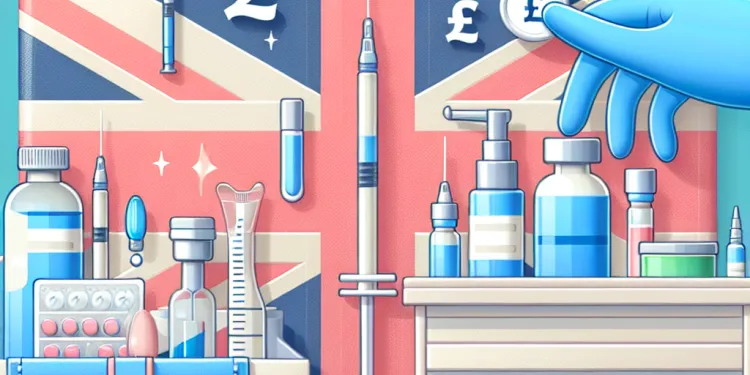
How should I prepare for a Botox appointment?
Relevance: 19%
-

Can I get a dentist appointment on the NHS?
Relevance: 19%
-

What happens if I miss my NHS dental appointment?
Relevance: 19%
-
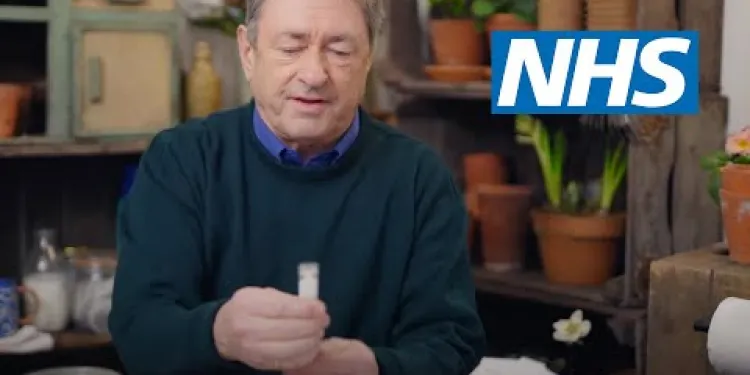
Bowel cancer screening: Alan Titchmarsh and Tommy Walsh | NHS
Relevance: 19%
-

Diabetes Eye Screening
Relevance: 19%
-

Autism Assessment - What Happens in Your Appointment
Relevance: 18%
Your Abdominal Aortic Aneurysm (AAA) Screening Appointment
What is an Abdominal Aortic Aneurysm?
An Abdominal Aortic Aneurysm (AAA) is a condition where the abdominal aorta, the major blood vessel supplying blood to your body, becomes enlarged or balloons outward, forming an aneurysm. If left untreated, an AAA can rupture, causing severe internal bleeding and potentially life-threatening complications. Early detection through screening is crucial for effective management and treatment.
Why Should You Get Screened?
Screening for AAA is vital because the condition often develops without noticeable symptoms. Men aged 65 and older are at higher risk, making them the primary focus of national screening programs in the UK. Early detection can lead to better monitoring, lifestyle adjustments, and treatment options, significantly reducing the risk of rupture.
What to Expect at Your Screening Appointment
Screening for AAA is a quick, non-invasive process that typically takes around 10-15 minutes. Here’s what you can expect:
- Invitation: If you are a man aged 65 or over, you will likely receive an invitation for a free screening appointment. Women and younger men are generally not invited, as their risk is much lower.
- Registration: Upon arrival, you will check in and fill out any necessary forms. A healthcare professional will then explain the procedure to you.
- Ultrasound Scan: You will be asked to lie down, and a gel will be applied to your abdomen. The technician will use an ultrasound probe to take images of your abdominal aorta. This painless scan helps measure the size of the aorta and detect any aneurysms.
- Results: Immediate results are typically provided. If an aneurysm is found, its size will determine the next steps. Small aneurysms may require regular monitoring, while larger ones might need further tests or surgical intervention.
Post-Screening Follow-Up
If your screening results are normal, no further action is needed, and you are not likely to need another scan. However, if an aneurysm is detected, the healthcare provider will discuss the best course of action. This may involve regular follow-up appointments, lifestyle changes, or in some cases, surgery.
Preparing for the Appointment
There is no special preparation required for an AAA screening. You can eat, drink, and take your medications as usual before the appointment. Wearing comfortable clothing that can be easily adjusted or lifted for the abdominal scan is recommended.
Conclusion
Abdominal Aortic Aneurysm screening is a simple yet crucial step in safeguarding your health, particularly for older men. By identifying aneurysms early, healthcare providers can offer effective management options, significantly reducing the risk of serious complications. If you receive an invitation for screening, be sure to attend your appointment for peace of mind and better health.
Your Abdominal Aortic Aneurysm (AAA) Screening Appointment
What is an Abdominal Aortic Aneurysm?
An Abdominal Aortic Aneurysm (AAA) is when a big blood vessel in your tummy gets too big. This extra big part is called an aneurysm. If it gets too big, it can burst, which is very dangerous. Doctors can find it early with a special check-up called screening.
Why Should You Get Screened?
Getting checked for AAA is very important because you might not feel anything wrong. Men who are 65 years or older are more likely to have AAA. Checking early helps doctors keep an eye on it and give the right help, like changing some habits or treating it, so it doesn’t burst.
What to Expect at Your Screening Appointment
The check-up to find AAA is quick and easy. It takes about 10-15 minutes. Here’s what happens:
- Invitation: If you are a man aged 65 or over, you might get a letter inviting you to a free check-up. Women and younger men usually don’t get this letter because they aren’t likely to have AAA.
- Registration: When you get there, you will sign in and maybe fill out some forms. A friendly healthcare worker will tell you what will happen next.
- Ultrasound Scan: You will lie down, and some gel will be put on your tummy. A special tool will take pictures of the blood vessel in your tummy. This does not hurt and helps see if the blood vessel is too big.
- Results: You will usually find out the results right away. If the blood vessel is too big, doctors will decide what needs to be done next. Small aneurysms need watching, and big ones might need more checks or an operation.
Post-Screening Follow-Up
If your results are normal, you don't need to do anything else. But if an aneurysm is there, the doctor will talk to you about what to do. This could mean more check-ups, changing some habits, or sometimes surgery.
Preparing for the Appointment
You don’t need to do anything special to get ready for your AAA check-up. You can eat, drink, and take your usual medicine before you go. Wear loose and comfy clothes because you might need to lift them up a bit for the scan.
Conclusion
Checking for an Abdominal Aortic Aneurysm is a simple but important way to stay healthy, especially for older men. Finding AAA early means doctors can help you more easily and stop serious problems. If you get an invite for a check-up, be sure to go for peace of mind and better health.
Frequently Asked Questions
What is an abdominal aortic aneurysm (AAA)?
An abdominal aortic aneurysm (AAA) is a swelling or ballooning in the abdominal section of the aorta, the largest artery in the body. If it is not detected and monitored, it can grow and potentially rupture, leading to life-threatening bleeding.
Who should get screened for AAA?
In the UK, men aged 65 and over are invited for a one-time screening for AAA. This is because they are at a higher risk than women and younger men.
How is the AAA screening test conducted?
The screening test for AAA is an ultrasound scan. It is a painless procedure that typically takes about 10 to 15 minutes.
Do I need to prepare for the AAA screening?
No special preparation is needed for an AAA screening. You can eat, drink, and take your medications as usual.
Where will my AAA screening appointment take place?
The AAA screening often takes place in a local clinic, hospital, or community healthcare setting.
How will I get my results?
You will usually be told your results immediately after the scan. A letter confirming your results will also be sent to you and your GP.
What happens if an AAA is detected?
If an AAA is detected, the size will determine the next steps. Small AAAs may require monitoring, while larger AAAs might need further tests and possibly surgery.
Is the AAA screening mandatory?
No, AAA screening is not mandatory, but it is strongly recommended for men over 65 due to the significantly higher risks in this group.
Are there any risks associated with AAA screening?
The AAA screening is a very safe procedure with no known risks from the ultrasound itself.
Will the AAA screening cost me anything?
No, the AAA screening is free for eligible men over 65 through the NHS in the UK.
Can women get screened for AAA?
While routine AAA screening is not offered to women, those at higher risk might be advised to get screened by their doctor.
What if I miss my screening appointment?
If you miss your screening appointment, contact your local screening service to reschedule.
How often is screening needed if no AAA is found?
If no AAA is found, no further screening is necessary. Most men only need to be screened once.
Can lifestyle changes affect the size of an AAA?
Yes, quitting smoking, managing blood pressure, and maintaining a healthy weight can help manage the size of an AAA and prevent further growth.
Who can I contact for more information about AAA screening?
For more information, you can contact your GP or visit the NHS AAA screening programme website.
What is a tummy artery bulge?
A tummy artery bulge happens when a big blood tube in your belly gets weak and puffs out. This tube is called the aorta.
This bulge can get bigger and cause problems if it bursts.
It's important to see a doctor to check this. You might need a simple picture scan called an ultrasound to look at your aorta.
If you have questions, ask a nurse or a doctor. They can help you understand and make sure you are safe.
An abdominal aortic aneurysm (AAA) is a big bump in the tummy's part of the aorta. The aorta is the biggest blood tube in our body. If the bump is not found and watched, it can get bigger and might burst. If it bursts, it can cause serious bleeding.
Who should have an AAA check?
An AAA check is a special test to look at your belly. It helps find a problem called “AAA”.
People who should have this check:
- Men who are 65 years old.
- Men who are older than 65 and have not had the test before.
If you are worried, talk to your doctor. They can help you decide if you need the test.
You can use tools like big print or ask someone to read it with you. This can make it easier to understand.
In the UK, men who are 65 years old or older are asked to have a special health check called screening for AAA.
This is because they have a higher chance of having AAA than women and younger men.
How do they do the AAA screening test?
The AAA test checks your tummy for a weak spot called an aneurysm. You will go to the doctor or a clinic.
They use a special machine that is a bit like an x-ray but safe. It looks at your tummy and makes a picture on a screen.
You lie down and a friendly doctor or nurse puts some jelly on your tummy. Then they move a small device over it to see inside.
It doesn't hurt and is really quick. You can ask someone to come with you if you want. You can also ask the doctor or nurse any questions.
The test to check for AAA is called an ultrasound scan. It does not hurt and usually takes about 10 to 15 minutes.
Should I get ready for the AAA check-up?
You do not need to do anything special to get ready for an AAA check-up. You can eat and drink like you always do. You can take your medicine as normal too.
- Use a calendar or set a reminder on your phone for your check-up day.
- Bring someone with you for support if it helps.
Where is my AAA check-up?
Your AAA check-up will be at a doctor’s office or health clinic. If you need help finding it, ask someone for directions. You can also use a map or a GPS on your phone. If you feel nervous, bring a friend or family member with you for support.
The AAA test usually happens at a place like a local clinic, hospital, or community health center.
How will I get my results?
You will get your results in the mail, like a letter or by email. If you have trouble reading, ask someone you trust to help you.
You will usually be told your results right after the scan. A letter with your results will also be sent to you and your doctor.
What happens if a doctor finds an AAA?
Sometimes, doctors find a problem called an AAA. It means there is a big bump inside a blood tube in your belly.
If doctors find this bump, they will watch it closely. They want to make sure it doesn’t get too big.
If the bump gets big, doctors might need to fix it. They can do this with an operation.
Doctors and nurses will explain everything to make sure you understand.
It’s important to go to the doctor for check-ups. They will help you stay healthy.
Ways to help you understand:
- Ask the doctor to use pictures or models.
- Bring someone with you to help remember the information.
- Write down any questions you have.
If doctors find an AAA, they look at its size to decide what to do next. Small AAAs might just need watching to see if they grow. Big AAAs might need more tests and maybe an operation.
Do you have to have an AAA screening?
No, men do not have to get an AAA screening, but doctors say it is very important for men over 65. This is because they are more likely to have problems.
Are there any dangers with AAA screening?
AAA screening checks your tummy for a big blood vessel. Sometimes, there can be some problems with this check.
If you are worried, you can:
- Ask your doctor any questions.
- Talk to someone you trust.
- Use pictures to help understand.
The AAA test is very safe. The ultrasound used for this test does not have any known dangers.
Do I have to pay for the AAA test?
No, the AAA test does not cost money. Men over 65 can get it for free through the NHS in the UK.
Can women have a test for AAA?
Yes, women can have a test for AAA. AAA is a big swelling in a blood tube inside the body. This test can find this swelling early.
If you are worried about AAA, talk to your doctor or nurse. They can help you decide if you need this test.
You can also use tools like picture charts or listen to audio guides to understand more about the test.
Most women do not need to get tested for AAA. But some women might be at risk, and their doctor might say it is a good idea to get checked.
What should I do if I miss my check-up appointment?
If you can't go to your health check-up, don't worry!
Here is what you can do:
- Call or visit your doctor's office. Tell them you missed your appointment.
- Ask to make a new appointment on a different day.
- Write down your new appointment day and time, so you don't forget.
It's important to go to your health check-up. It helps keep you healthy!
Use a calendar or reminder app on your phone to remember your new appointment.
If you miss your health check, call the health service near you. They can make a new time for you.
How often should you have a check-up if there is no AAA?
If the doctors don't find an AAA, you don't need more tests. Most men only need one test.
Can changing how you live change the size of an AAA?
AAA stands for abdominal aortic aneurysm. This is a big word for a bulge in a blood vessel in your tummy.
Changing how you live means doing things like eating healthy food, exercising, and not smoking. These changes might help to keep the bulge from getting bigger.
If you have an AAA, talk to your doctor. They can help you make good choices for your health.
Using reminders, labels, or asking a friend for help can make it easier to remember these changes.
Yes, stopping smoking, keeping your blood pressure in check, and staying at a healthy weight can help keep an AAA from getting bigger.
Here are some tools that can help:
- Ask your doctor for advice.
- Use apps to track your progress.
- Join a support group to stay motivated.
Who can I talk to for more help about AAA screening?
If you want to know more about AAA screening, you can talk to a doctor or nurse.
You can also ask for help from family and friends. They can help you understand.
Using a picture or video might make it easier.
You can ask your doctor for more help. You can also look at the NHS website about checking for belly problems.
Useful Links
- Ergsy carfully checks the information in the videos we provide here.
- Videos shown by Youtube after a video has completed, have NOT been reviewed by ERGSY.
- To view, click the arrow in centre of video.
- Most of the videos you find here will have subtitles and/or closed captions available.
- You may need to turn these on, and choose your preferred language.
- Go to the video you'd like to watch.
- If closed captions (CC) are available, settings will be visible on the bottom right of the video player.
- To turn on Captions, click settings .
- To turn off Captions, click settings again.
More Items From Ergsy search
-

Your abdominal aortic aneurysm (AAA) screening appointment
Relevance: 100%
-

AAA (Abdominal aortic aneurysm) screening
Relevance: 94%
-

NHS Abdominal Aortic Aneurysm (AAA) Screening
Relevance: 91%
-

Abdominal Aortic Aneurysm (AAA) screening programme
Relevance: 89%
-

Eddie's Story - Abdominal Aortic Aneurysm (AAA) Screening
Relevance: 89%
-

Survivor of an Abdominal Aortic Aneurysm rupture appeals for men to take up NHS Screening Programme.
Relevance: 79%
-

Repairing complex aortic aneurysms
Relevance: 71%
-

Repairing complex aortic aneurysm
Relevance: 67%
-

Derbyshire Diabetic Eye Screening - Your Screening Appointment
Relevance: 36%
-

Derbyshire Diabetic Eye Screening - Assessment Clinic Appointment
Relevance: 33%
-

Health Screenings You Should Know About
Relevance: 30%
-

What is it like having a Transcutaneous Aortic Valve Implant (TAVI)?
Relevance: 27%
-

Derbyshire Diabetic Eye Screening - Diabetic Eye Screening
Relevance: 26%
-

The NHS is #StillHereToHelp with cervical screening
Relevance: 25%
-

Stomach ache and abdominal pain
Relevance: 24%
-

Cervical screening: Q&A | NHS
Relevance: 24%
-

Can I do abdominal exercises during pregnancy?
Relevance: 23%
-

NHS breast cancer screening
Relevance: 23%
-

Cervical screening: how it's done | NHS
Relevance: 23%
-

Cervical screening: what to expect | NHS
Relevance: 23%
-

Cervical screening: what to expect | NHS
Relevance: 23%
-

Your Ultrasound Appointment
Relevance: 23%
-

Tower Hamlets breast screening programme
Relevance: 23%
-

Cervical screening for transgender men | NHS
Relevance: 22%
-

Don’t ignore your cervical screening invite | NHS
Relevance: 22%
-

What is cervical screening (smear test)?
Relevance: 21%
-

NHSGGC - Cervical Cancer Screening - English
Relevance: 20%
-

Accessing cervical screening with the right support for people with a learning disability
Relevance: 20%
-

North Yorkshire Diabetic Eye Screening Programme - A day in the life
Relevance: 20%
-

Booked in for your smear test (cervical screening) and not sure what to expect?
Relevance: 20%
-

Other Things You Need to Know About Breast Screening
Relevance: 19%
-

What to expect from your Colposcopy appointment
Relevance: 19%
-

The asylum screening interview
Relevance: 19%
-

How do I book an appointment for the flu vaccine?
Relevance: 19%
-

How should I prepare for a Botox appointment?
Relevance: 19%
-

Can I get a dentist appointment on the NHS?
Relevance: 19%
-

What happens if I miss my NHS dental appointment?
Relevance: 19%
-

Bowel cancer screening: Alan Titchmarsh and Tommy Walsh | NHS
Relevance: 19%
-

Diabetes Eye Screening
Relevance: 19%
-

Autism Assessment - What Happens in Your Appointment
Relevance: 18%


